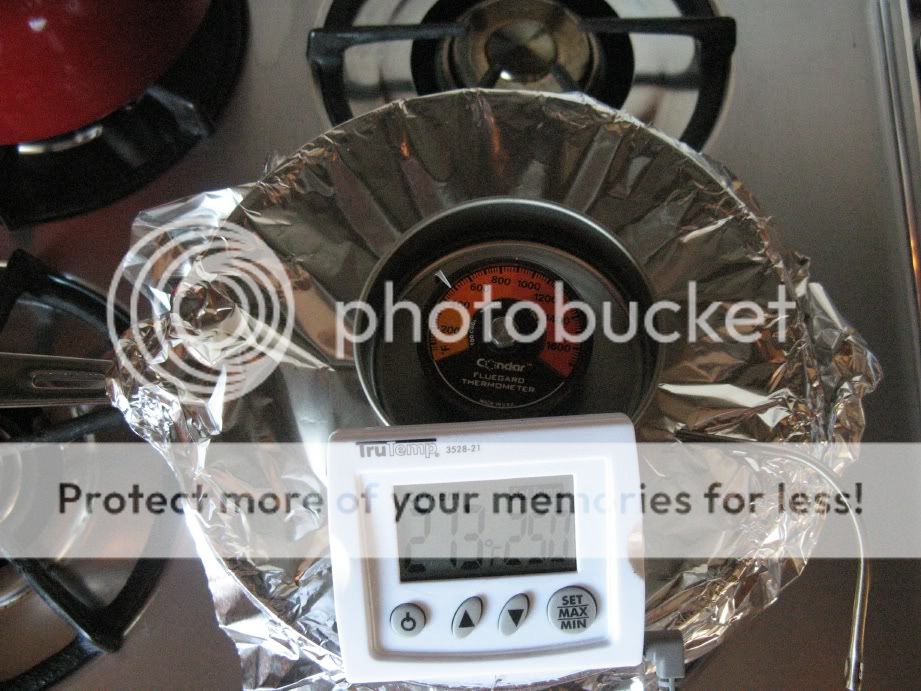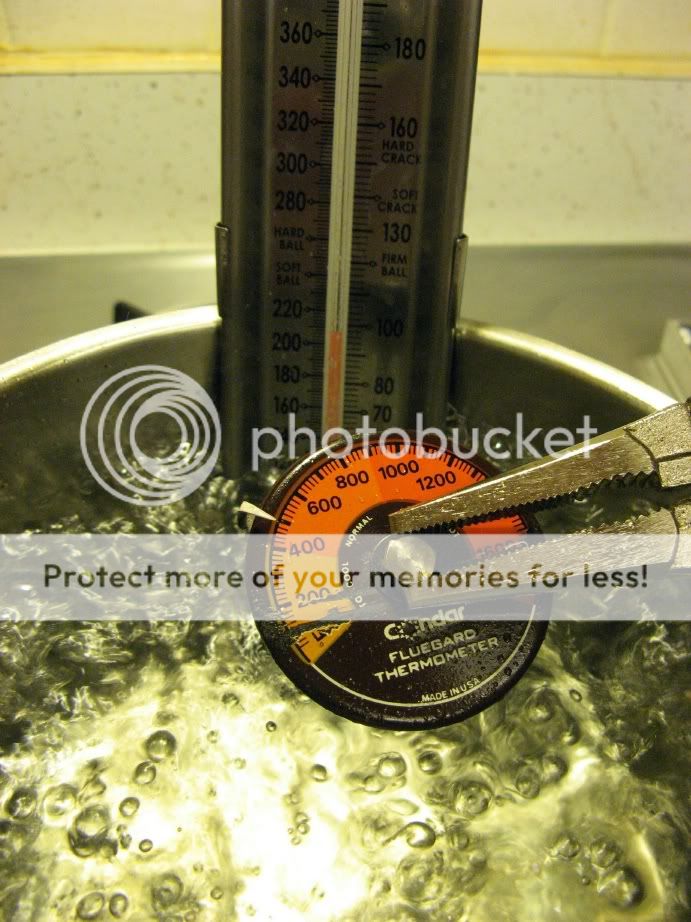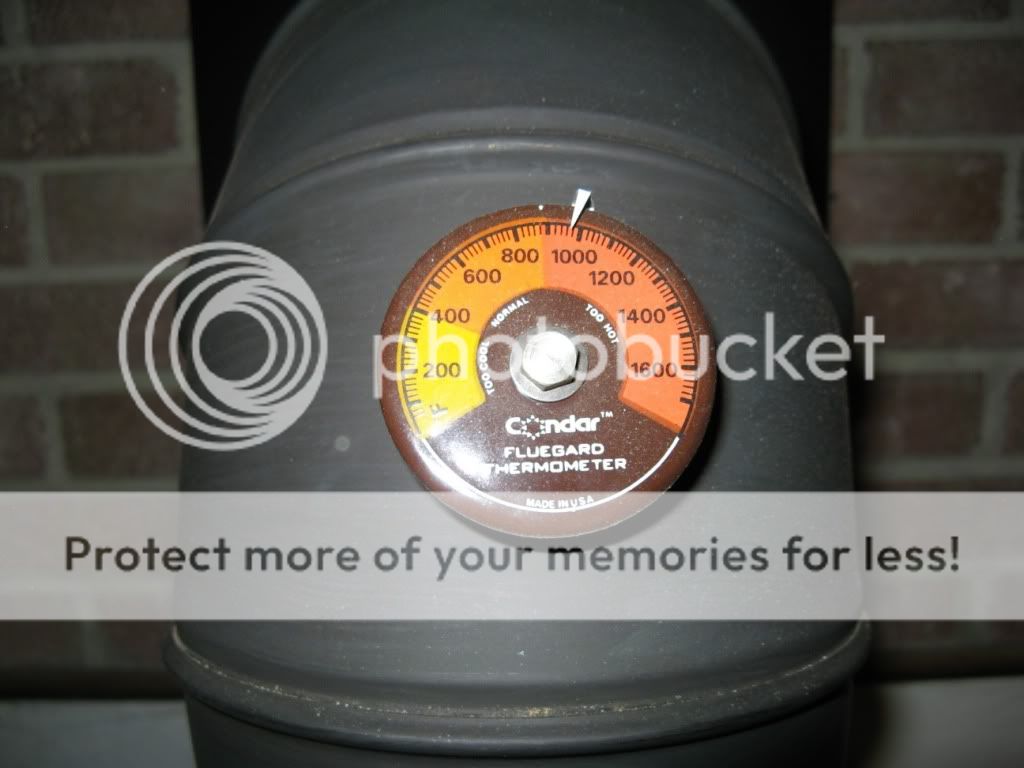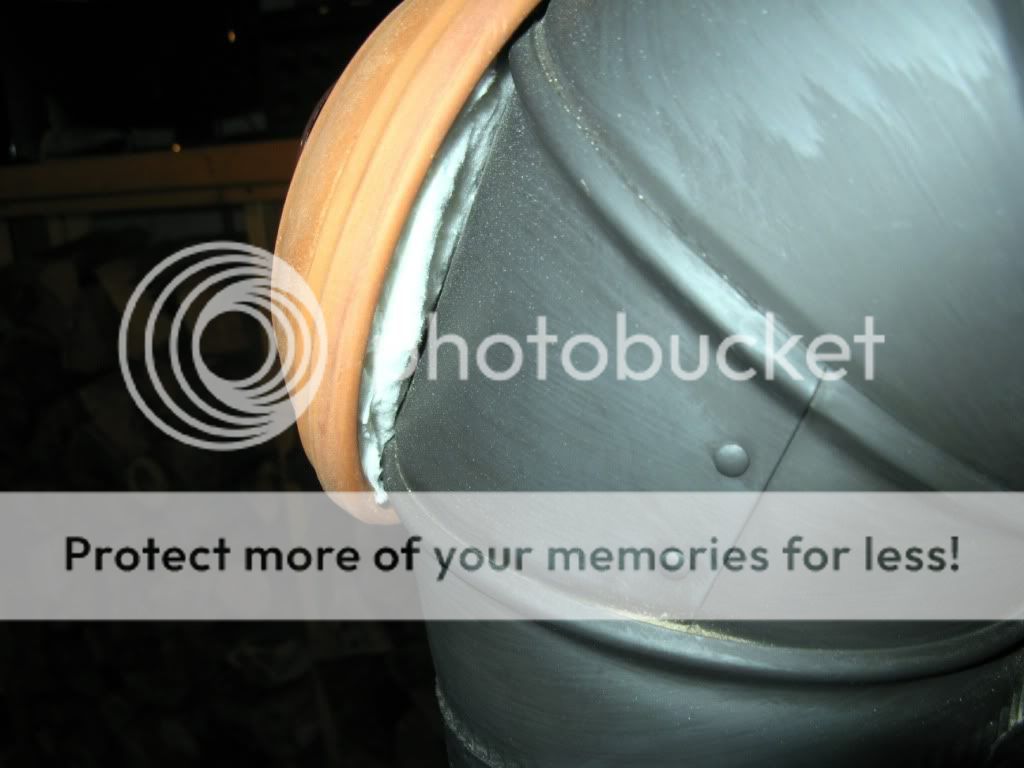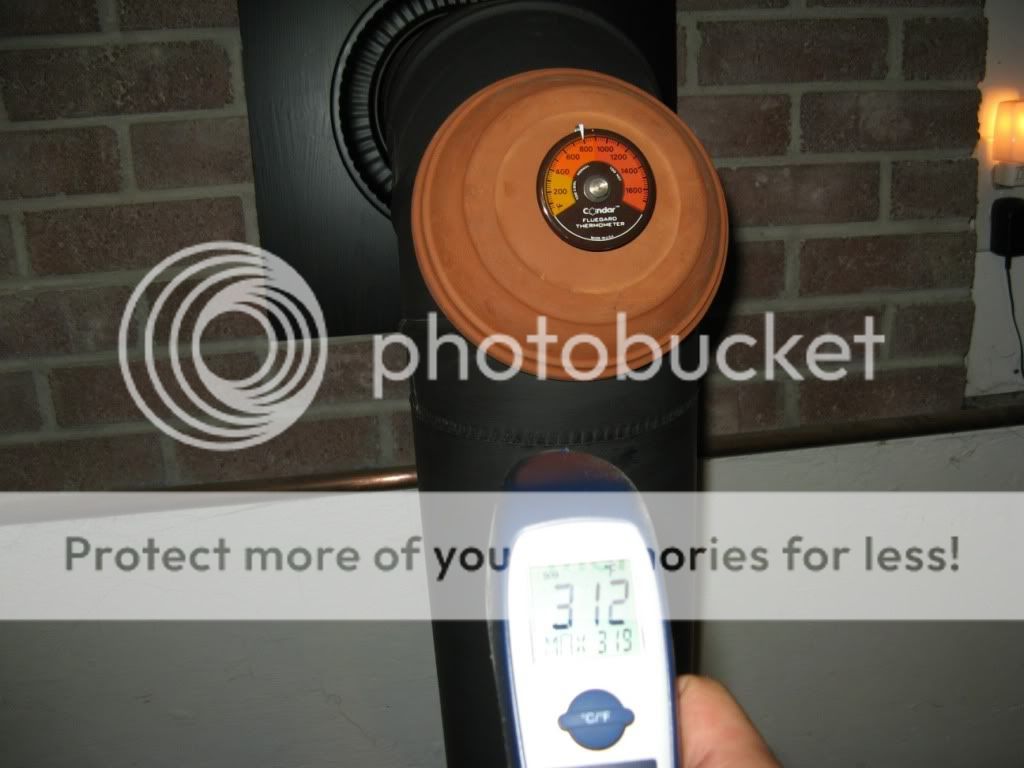BeGreen said:Methinks we need another round of Condar probe checks. This may be another case of significant error at the high end of the scale.
I think it's a problem where they test accurate in thermocyclers but the accuracy at home depends on your setup. I think "real world" testing should be done at condar instead of using a damn electric machine.
For those who haven't read the thread that I linked to, check out this picture and maybe you'll begin to agree w/ me that the environment where these probes live varies and as a result so to do their readings.
Remember, the probe seen here went back to condar and testing "near perfect"
pen
